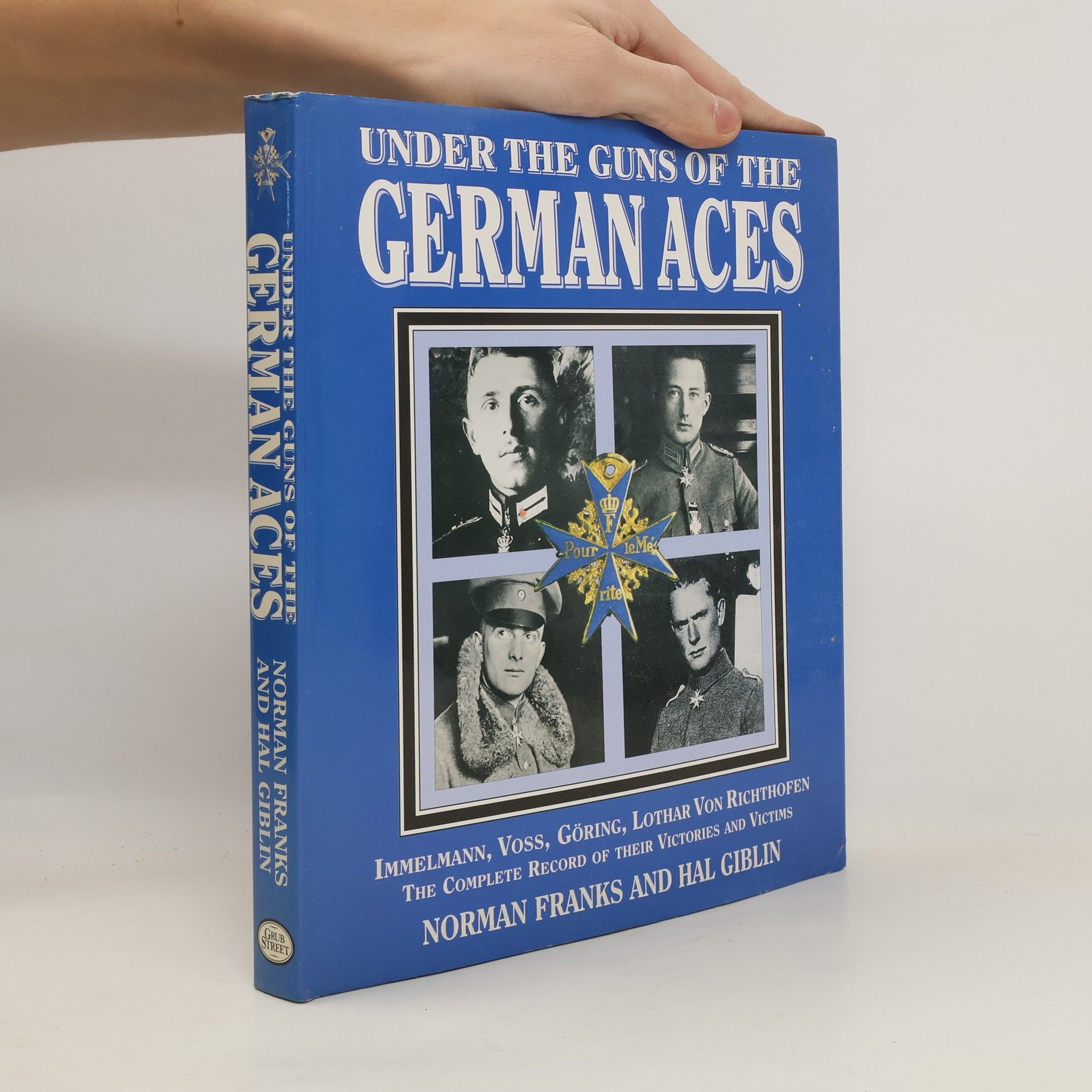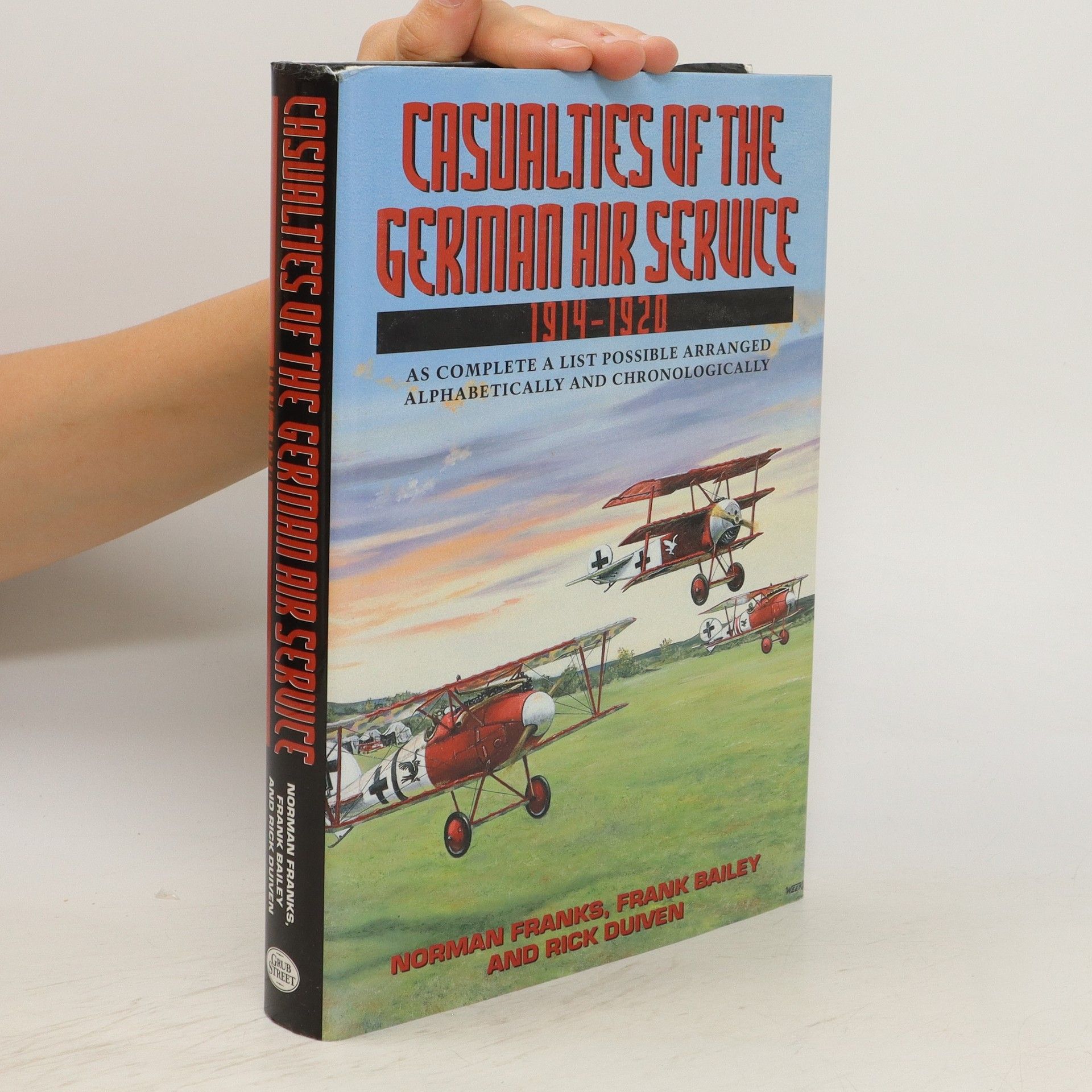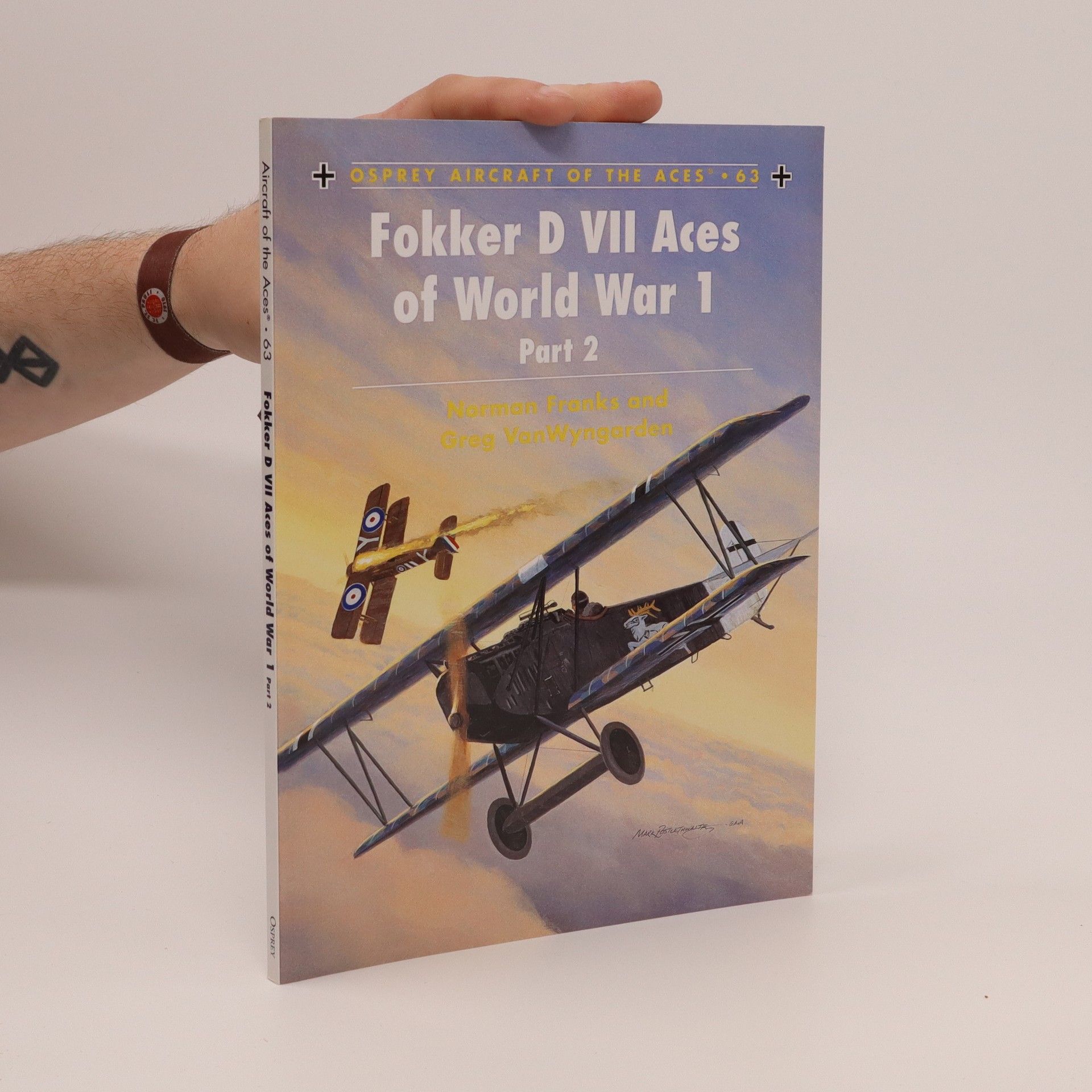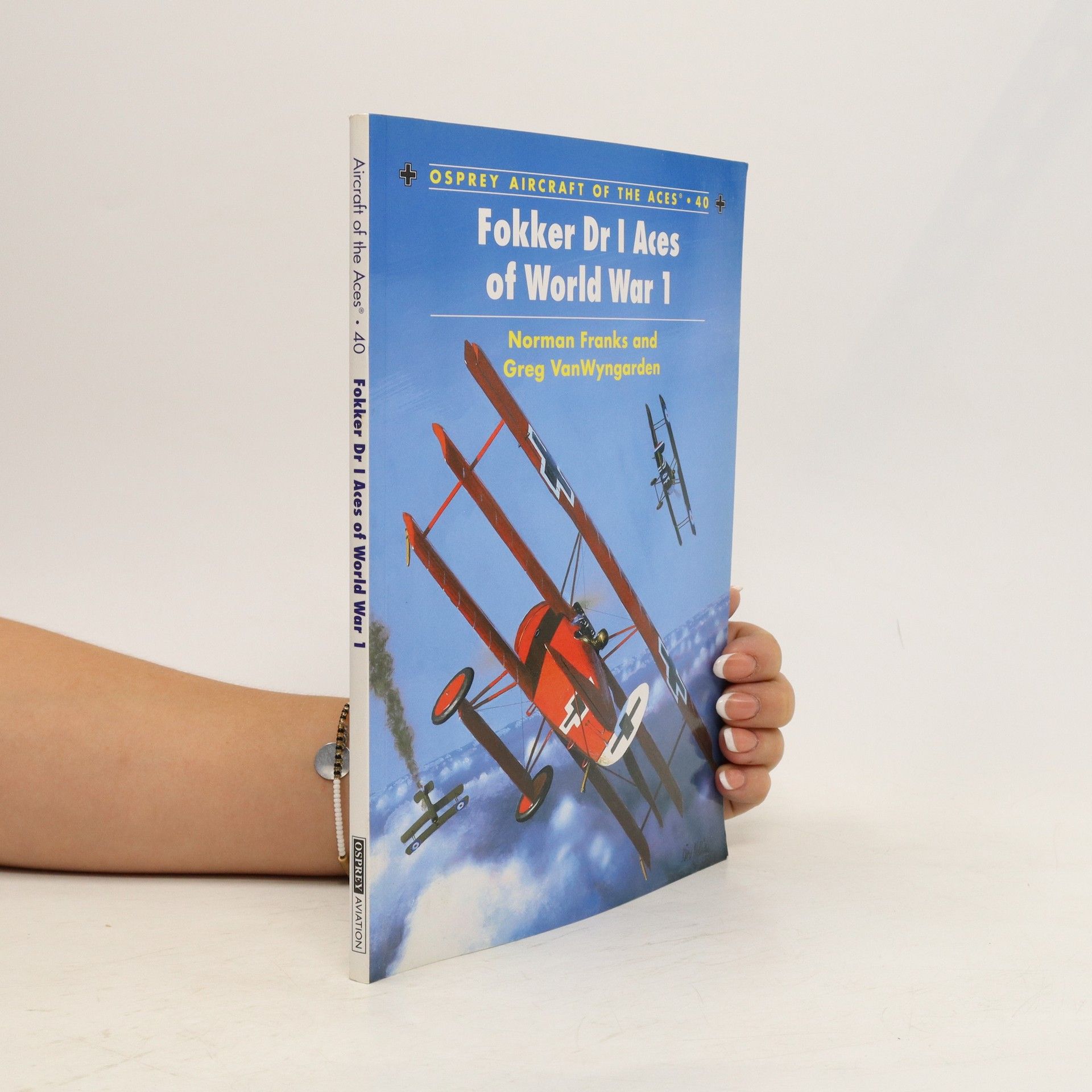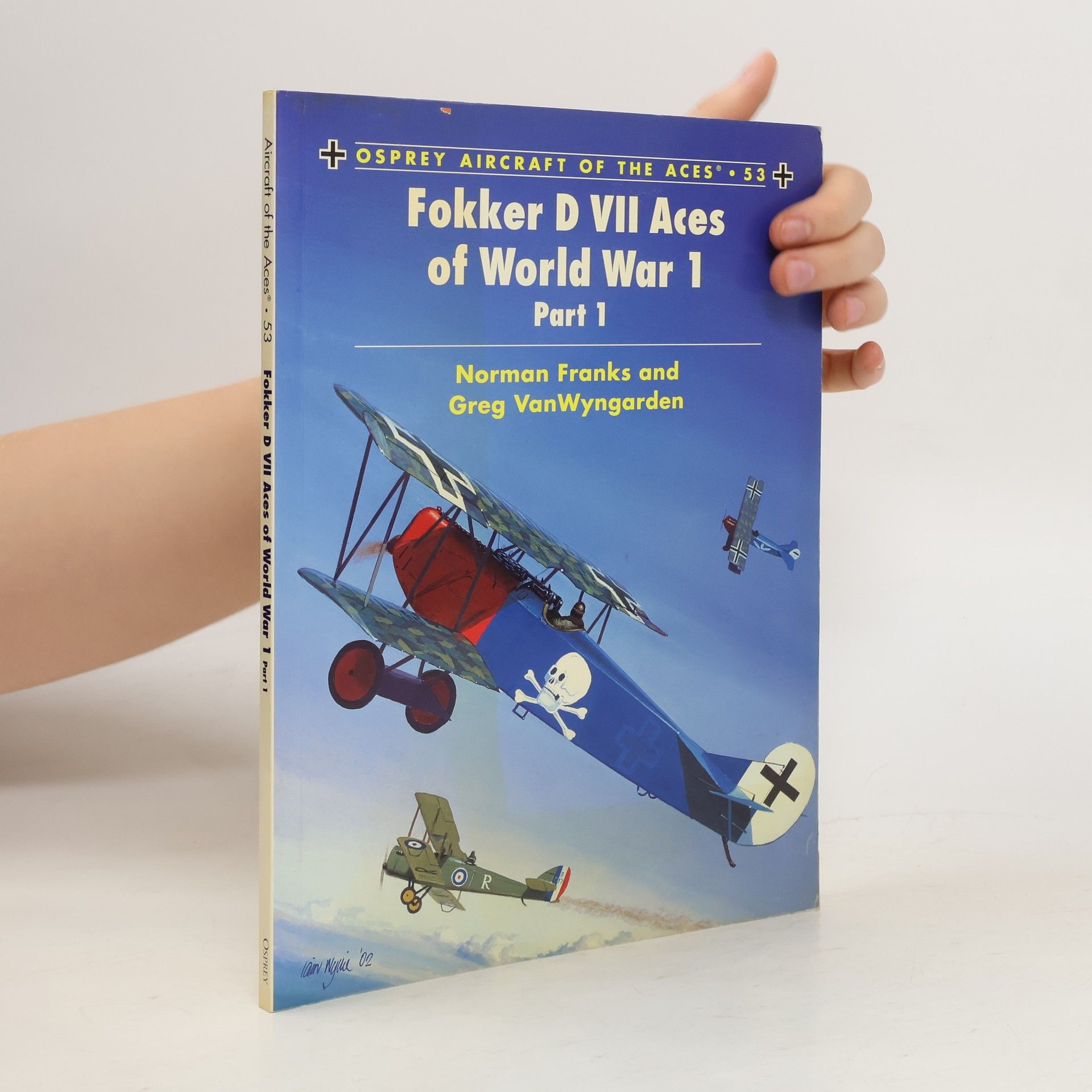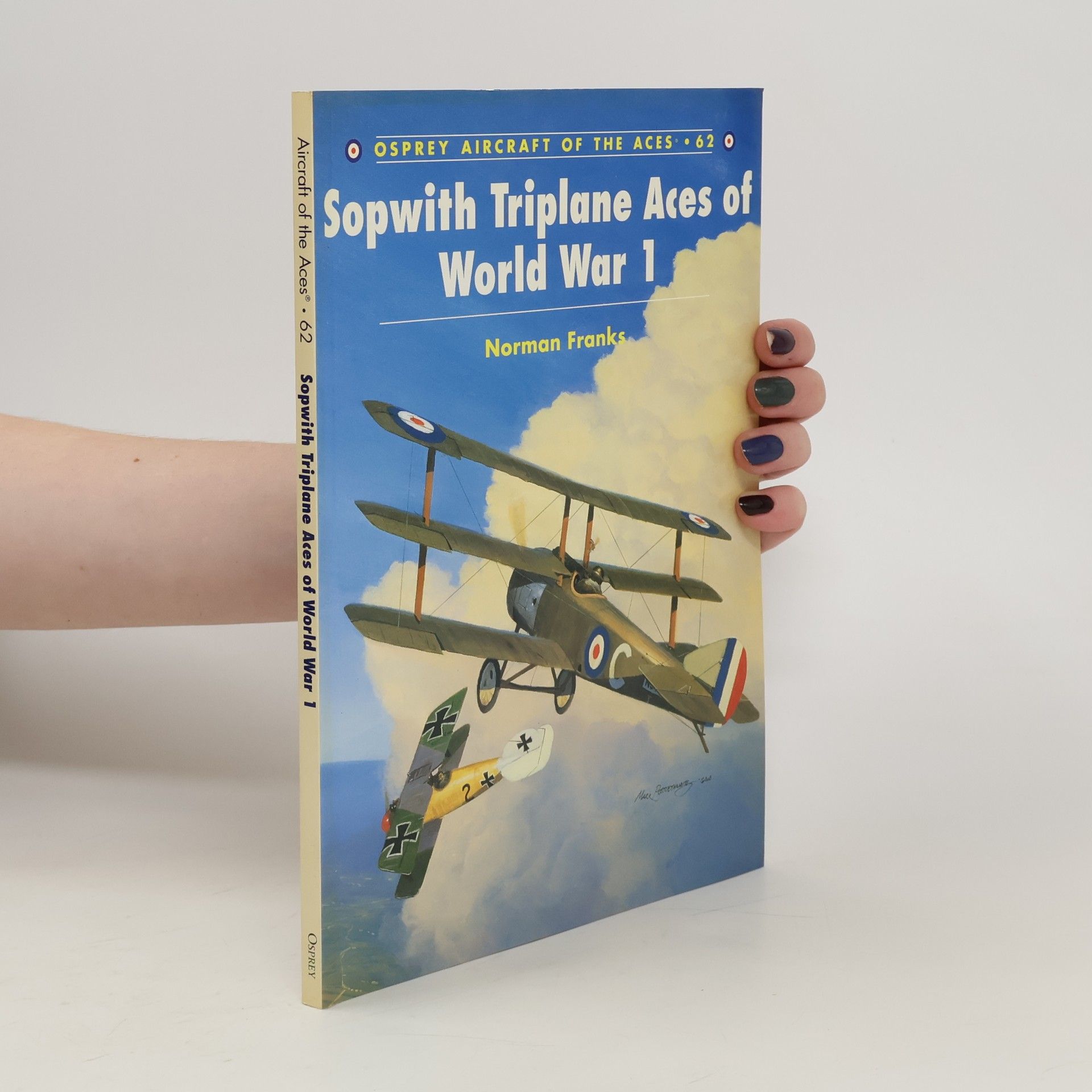Fokker D VII Aces of World War 1
- 96pages
- 4 heures de lecture
Designed in a great rush at the end of 1917 just in time to take part in the German standard fighter competition held in January/February 1918, the D VII easily walked away with first prize. As Germanys premier fighter unit, von Richthofens JG I (led by Hermann Göring in the wake of the 'Red Baron's' recent death) received the first examples of the D VII to reach the frontline in late April. Built to oppose the new generation of French SPAD XIIIs and British SE 5as and Camel fighters, the D VII was arguably the best all-round fighting scout of the Great War.

